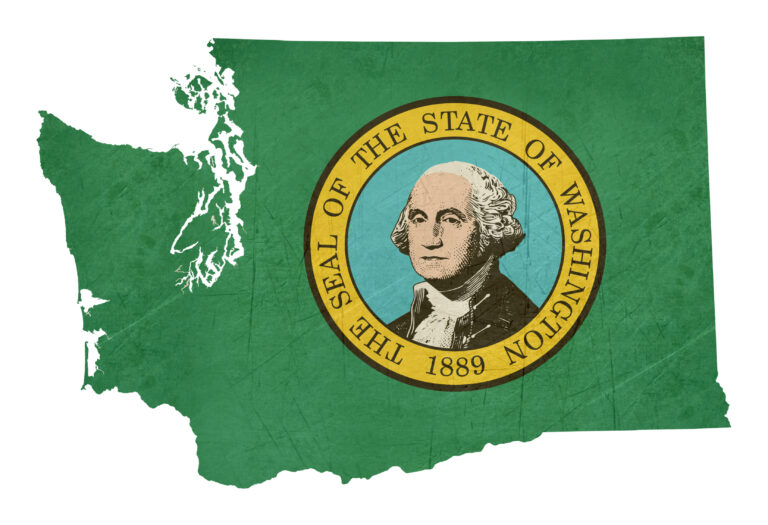
Known for unpredictable weather, March delivered an upside economic surprise this year as the Labor Department today said that the U.S. added 228,000 jobs during a month that was not simply a period of calm before possible storm effects from President Donald Trump’s fresh tariffs.
“The March report continues to show an underlying healthy economy,” Chad Lyon, managing director, global inventory finance, at Wells Fargo, told Trade Only Today. “This month, we saw further job gains, with strong private sector job expansion, and continuing wage growth. However, there are many factors when looking at the U.S. economy and how that may affect the consumer. A positive takeaway from the report, if looking only at the report in isolation, should give confidence to the marine industry as we enter the warm selling season.”
Ian Wyatt, director of economics at recreational marine lender Huntington Commercial Bank, said the 228,000 figure is a “solid number” and noted that the unemployment rate, which ticked up slightly, to 4.2%, has stayed in a tight range of 4% to 4.2% since last May.
“What is concerning is the narrowness of the [job] growth,” Wyatt told Trade Only Today. “Most all of the growth was limited to a few sectors: health care, transportation, retail trade, and leisure and hospitality. There was little or negative growth in many large sectors: professional and business services, government, manufacturing, finance/insurance/real estate and software.
“For boat buyers, my biggest concern would be the pullback in the equity markets,” he added. “Higher-end households have larger concentrations of their net worth in the stock market and will not be happy with recent moves in their portfolios. However, taken over a longer time horizon, even after the recent pullback, the S&P 500 is still about plus-25 percent versus two years ago, and those households are still sitting on large gains. The recent drop in the 10-year Treasury yield should also help bring down financing costs and offset some of the concerns about the stock market.”
The health care sector, buoyed by the return to work of strikers at Portland, Ore.-based Providence Health & Services, remained the category leader, adding 54,000 jobs in March, far more than the runner-up categories social assistance and retail trades, which each added 24,000 jobs. The retail category was helped by the return to work of strikers at grocer Kroger Co.
Employment in transportation and warehousing rose by 23,000, which nearly doubled its prior 12-month average of 12,000.
Federal government employment declined by 4,000, a figure that is expected to climb next month to reflect widespread layoffs triggered by Trump adviser Elon Musk’s extra-governmental Department of Government Efficiency.
Economists widely believe that Trump’s fresh tariffs, announced Wednesday, have put the Federal Reserve in a bind about whether to resume cutting interest rates. The new levies could slow the economy, increase consumer prices or do both, which would lead to stagflation.
The jobs report gives the Fed more reason to wait and see on interest rates. Wyatt said. On the inflation side, the Fed has two reasons not to cut rates, he said: Inflation remains above the 2% target, and “they are nervous that tariffs will stoke inflation.”
“What would push the Fed to cut rates is real weakness in the economy, particularly the labor market,” Wyatt added. “This [jobs] report shows the hard data, such as jobs and wages, is still solid even if soft data, such as confidence surveys, are showing signs of weakness. We expect the Fed to ‘wait and see’ on rates for as long as possible and do not expect moves at the May or June meetings.”
The next meeting of the central bank’s policymaking committee is scheduled for May 6-7.
Lyon said the strength of today’s jobs report “will likely have the Federal Reserve continue to monitor inflation. Recent reports have shown inflation risks outweighing slowing growth and rising unemployment as possible uncertainty to the economy. In addition, consumer confidence reports are showing a decline; it will be seen how all of these factors impact the views on interest rates as the year goes along.”
The government said the labor force participation rate — the measure of the population that is in the workforce — edged up to 62.5% in March after slipping to 62.4% the previous month, the lowest the rate had been in two years.
Revisions to the job totals for the two previous months were negative. January’s figure was revised downward by 14,000, to 111,000, and February’s fell by 34,000, to 117,000.
The government’s report also said worker pay rose by 9 cents, or 0.3%, to $36. During the past 12 months, earnings have increased 3.8%, which was a bit less than the 12-month figure from February but still represented a gain that stays above the rate of inflation.
That level of pay gains has supported growth in consumer spending for a considerable period. After an unexpected 0.3% decline in January, spending bounced back in February with a 0.4% advance. Consumer activity can represent as much as 70% of the economy.
Ahead of today’s jobs report, the Labor Department said Tuesday in its monthly Job Openings and Labor Turnover Survey that vacancies nationally fell by 194,000, to 7.57 million, in February from a slightly upwardly revised 7.76 million the previous month.
Vacancies were at their lowest since last September. Hirings totaled 5.4 million, up slightly from January. Layoffs rose by 116,000, to 1.79 million. The number of vacancies per unemployed worker remained at 1.1.
The ADP Research Institute said Wednesday in its National Employment Report for March that private-sector employment rose by 155,000 during the month.
Annual pay was up 4.6% on a year-over-year basis for people who stayed in their current jobs. Among job-changers, the gain was 6.5%.
“Despite policy uncertainty and downbeat consumers, the bottom line is this: The March topline number was a good one for the economy and employers of all sizes, if not necessarily all sectors,” Nela Richardson, the institute’s chief economist, stated in a press release.
The institute said hiring at large companies (more than 500 workers) led March’s growth, with 59,000 newly employed. The overall gain in employment was greatest in the Northeast, where 89,000 were hired.











